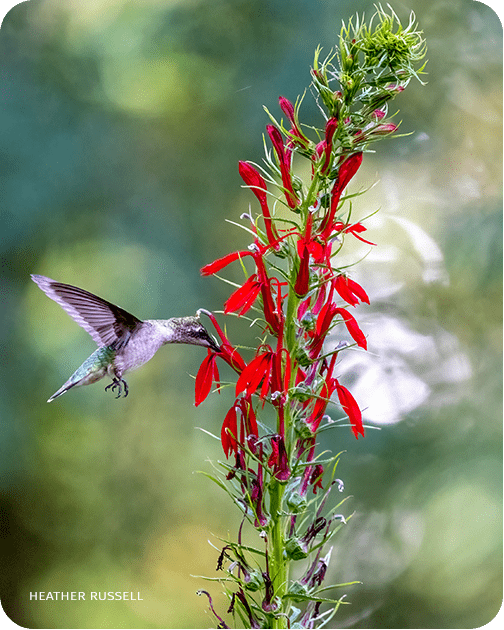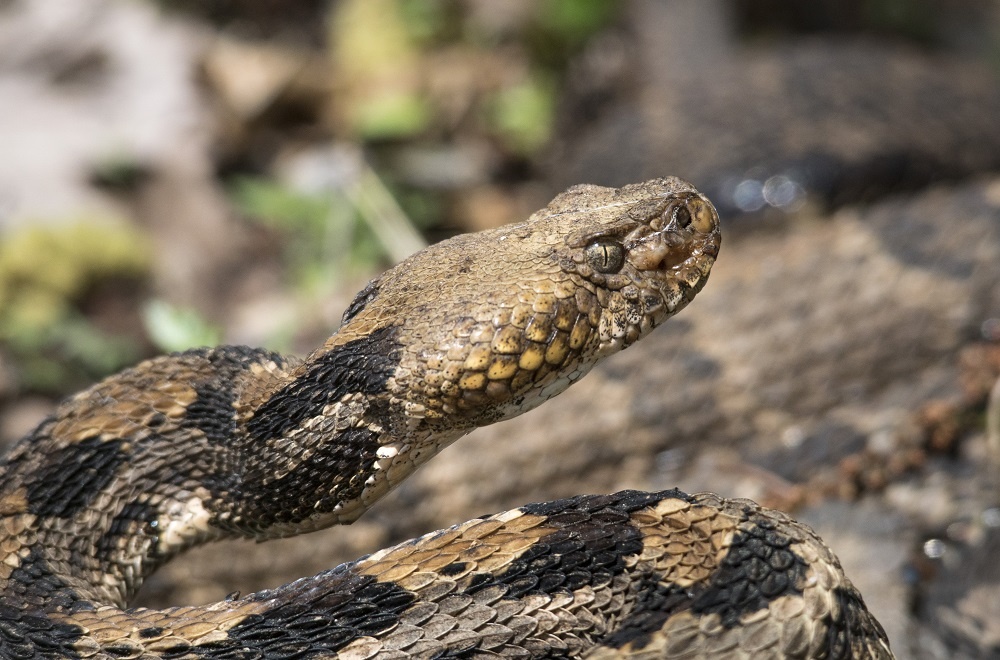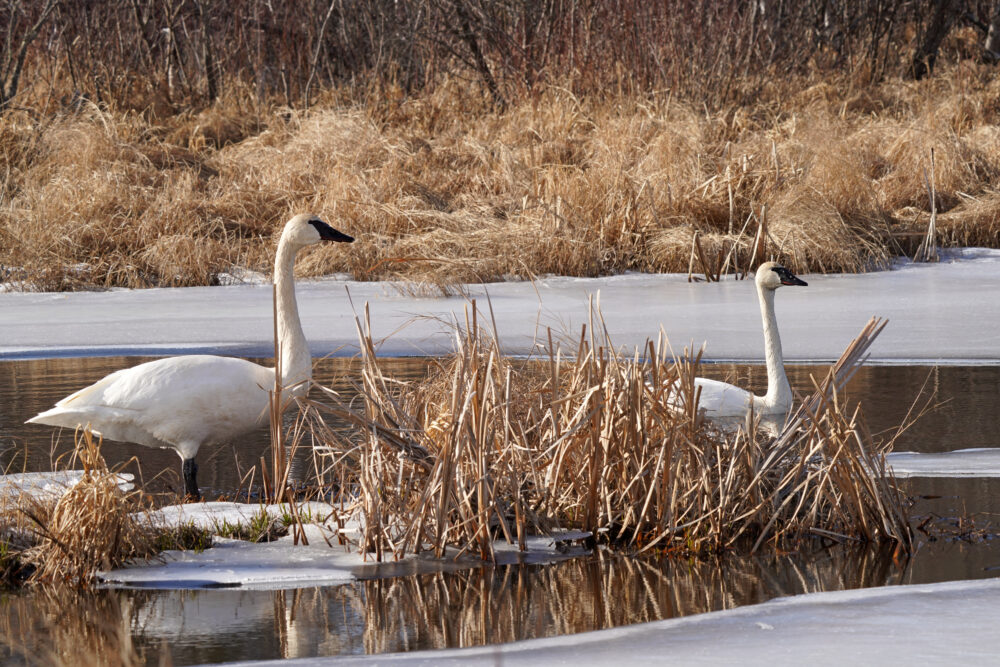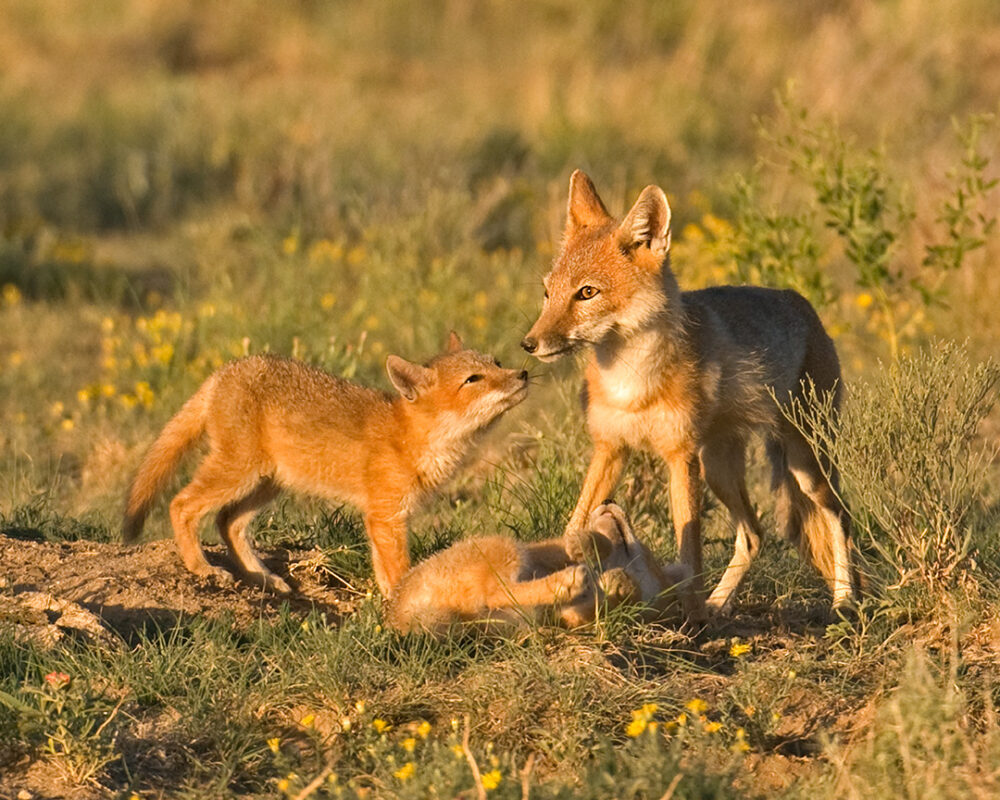We have much more to do and your continued support is needed now more than ever.
Study: Children’s Books Are No Longer Where the Wild Things Are
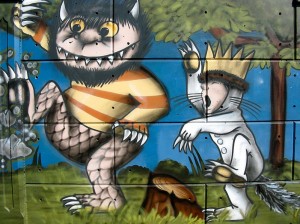
A big part of their job was to teach us about magical kismet and the possibility of the world at large, that most of life’s limits were of our own making.
Many of the books that did this best reveled in the promise of the outdoors—think of Frog and Toad’s green-and-brown universe or the nightscapes of Maurice Sendak’s lunatic island.
Here’s the sad part: a new report in the journal Sociological Inquiry suggests that depictions of nature in illustrated children’s books have declined over the past few decades, a shift that may reflect a wider estrangement from the environment:
…[T]he increasing isolation of people from the natural world may have resulted in a decline in the perceived relevance of these environmental issues and resulted in fewer stories and depictions. Our findings support [this] isolation hypothesis. There have been significant declines in depictions of natural environments and animals while built environments have become much more common.
‘These environmental issues’ are “critical…problems, such as decline in biodiversity and deforestation.”
…[I]mages of built and natural environments were “almost equally likely to be present” in books published from the late 1930s through the 1960s. But in the mid-1970s, illustrations of the built environment started to increase in number, while there were fewer and fewer featuring the natural environment. […] “This gap widened in every subsequent decade,” Williams and his colleagues write. “Natural environments have all but disappeared.”
Williams and co. also noted that wild animals have played a steadily declining role in books published since the 1960s.
NWF has advocated extensively for the movement to connect kids to nature, but this report raises a little-remembered aspect of that fight: we can’t reach kids through parents and teachers alone. The culture that surrounds them in the form of books, magazines, TV shows and the like is a major font of youthful inspiration, or can be, and its steady slide away from nature is telling (the study concludes that “today’s generation of children are not being socialized, at least through this source, toward an understanding and appreciation of the natural world and the place of humans within it“). Ranger Rick and other standard-bearers of wilderness-friendly youth media have their work cut out for them.
To learn more about the changing nature of childhood and how to fight ‘nature deficit disorder,’ visit our Be Out There page and read about the scourge of the modern TV-driven childhood.





